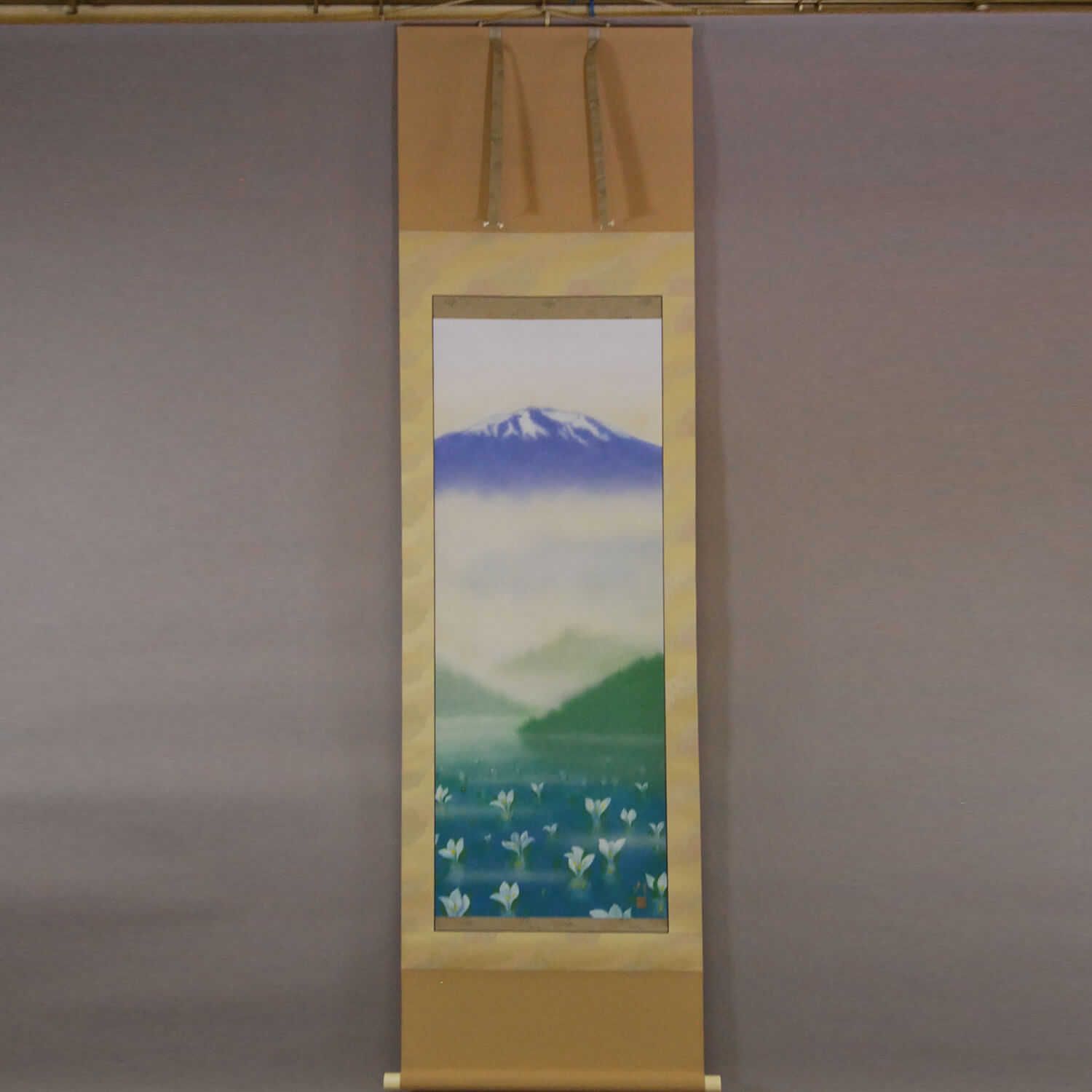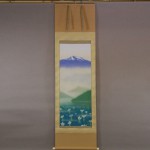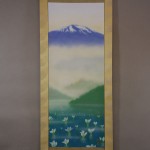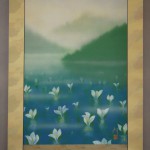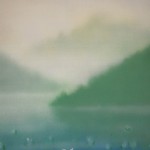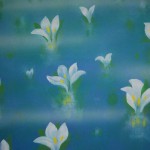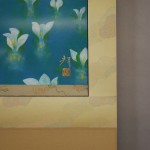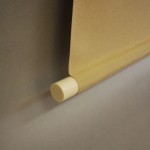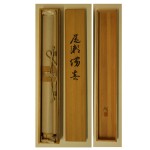Products Lineup
News / Blog
Other Menus
Oze / Katō Tomo - Oze Sekishun
- Product ID
- 0057
- Name
- Katō Tomo
- Profile
Born: 1947. Member of the Nitten Exhibition. Disciple of both Kodama Kibō and Okuda Gensō.
- Size
- 604mm x 1950mm
- Roller End Material
- Artificial ivory
- Material of the Work
- Japanese paper
- Price
- JPY 480,000
- Stock Condition
- In stock
- Payment: Click the Paypal Mark
- Duty and Taxes
Import duty and taxes are beyond our control and may apply to your shipment. Please noted that these fees are the responsibility of the buyer.
- Description
Situated in the center of Japan, Oze is the largest highland marsh on the Japan’s main island of Honshū. Spanning Gunma, Fukushima, Niigata, and Tochigi Prefectures, it is home to the Ozegahara Marsh, Lake Ozenuma, and the surrounding 2,000-m-class mountains, including Mt. Shibutsu and Mt. Hiuchigatake. There, visitors can enjoy varied, beautiful natural landscapes, including vast marshlands, lakes, alpine areas, pristine forests, and high waterfalls.
The climate is relatively cold with cool summers and snowy winters (total snowfall thickness: 4m). In the marshes, many marsh plants, such as white skunk cabbage and daylilies, bloom between spring and autumn. Oze also provides habitats for a wide variety of wildlife, including large mammals, birds, and insects. The number of rare animal and plant species in the region is abundant, making it an academically important area.
When the lingering snow is almost gone, the white skunk cabbage season starts in Oze, attracting a large number of visitors. The white flowers confidently herald the start of Oze’s short open season.
This is a painting of Oze by Katō Tomo. The view of Oze in the morning mist creates an illusionistic atmosphere. This mist is expressed very well in this painting. Oze is associated with the white skunk cabbage plant. In spite of this, it is hard to capture the beauty of Oze with a vertical composition like a “kakejiku” (hanging scroll), because it is very difficult to make a good composition. Katō Tomo paints Mt. Shibutsu and the clumps of white skunk cabbage impressively and beautifully with the expression of the mist. No one can perfect this work but Katō Tomo.

